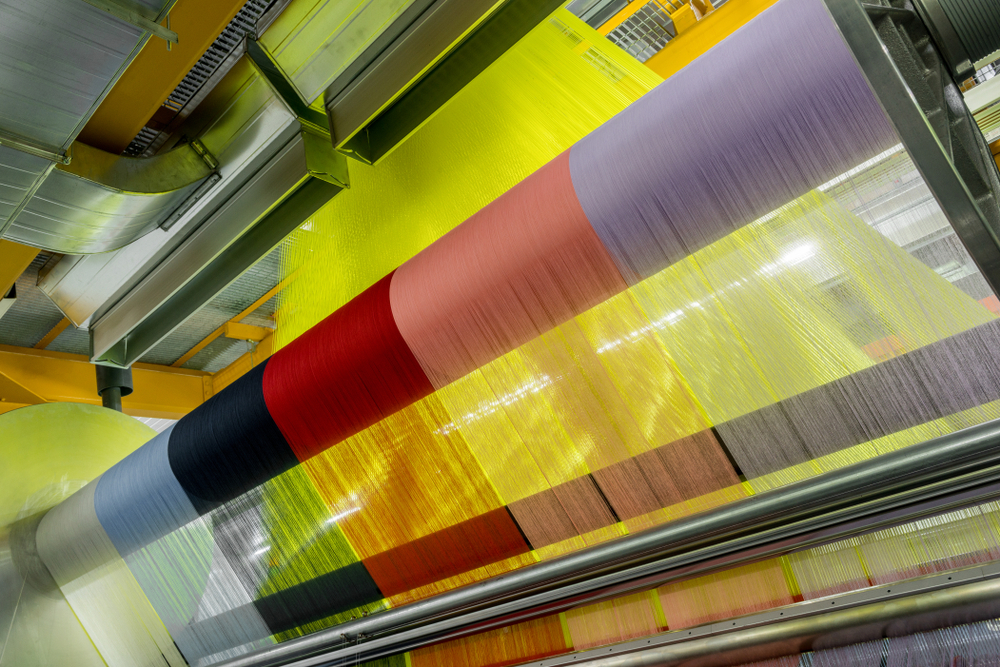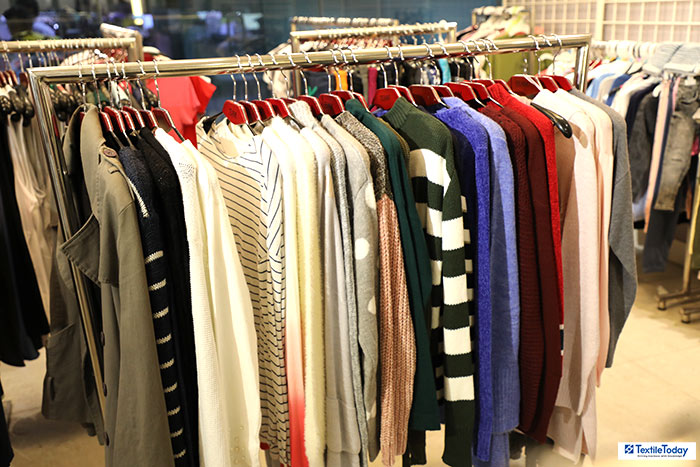introduction
In the intricate tapestry of global commerce, few industries have weathered storms as resiliently as the textile sector. From economic downturns to geopolitical upheavals, the textile industry has faced its share of challenges, yet it continues to adapt, innovate, and thrive. In this blog, we delve into the remarkable resilience of the textile industry, exploring its ability to navigate turbulent times and emerge stronger than ever.
The Fabric of History
The textile industry has a storied past, woven with threads of innovation, trade, and cultural exchange. From the silk roads of ancient times to the textile mills of the Industrial Revolution, textiles have played a pivotal role in shaping economies and societies around the world. Despite facing adversity, the industry has persevered, evolving with the times and embracing change as a catalyst for growth.
Global Challenges, Local Solutions
In an increasingly interconnected world, the textile industry is not immune to the effects of global challenges such as economic downturns, trade disputes, and supply chain disruptions. However, these challenges have spurred innovation and collaboration within the industry, leading to the development of agile manufacturing processes, diversified supply chains, and sustainable business practices. By leveraging technology and strategic partnerships, textile companies are finding creative solutions to navigate uncertain terrain and ensure long-term viability.
Innovation in Textile Technology
Technological advancements have revolutionized the textile industry, enabling faster production, higher quality, and greater customization. From automated looms to digital printing technology, innovation has driven efficiency and flexibility in textile manufacturing. Moreover, the emergence of smart textiles, 3D printing, and nanotechnology has opened up new frontiers in product development, allowing for the creation of garments that are not only functional but also interactive and adaptive to the wearer’s needs.
Sustainability as a Driving Force
As concerns about environmental sustainability continue to rise, the textile industry is facing increasing pressure to adopt eco-friendly practices and reduce its carbon footprint. Companies are investing in renewable energy, implementing water-saving techniques, and exploring alternative materials to minimize environmental impact. Furthermore, consumer demand for ethically sourced and transparently produced textiles is driving a shift towards sustainable fashion, with brands embracing circularity, upcycling, and zero-waste principles.
Conclusion:
In the face of adversity, the textile industry has proven its resilience time and time again. By embracing innovation, collaboration, and sustainability, textile companies are not only surviving but thriving in today’s rapidly changing landscape. As we look to the future, it is clear that the textile industry will continue to play a vital role in shaping the world we live in, weaving together tradition, innovation, and resilience to create a brighter tomorrow.




